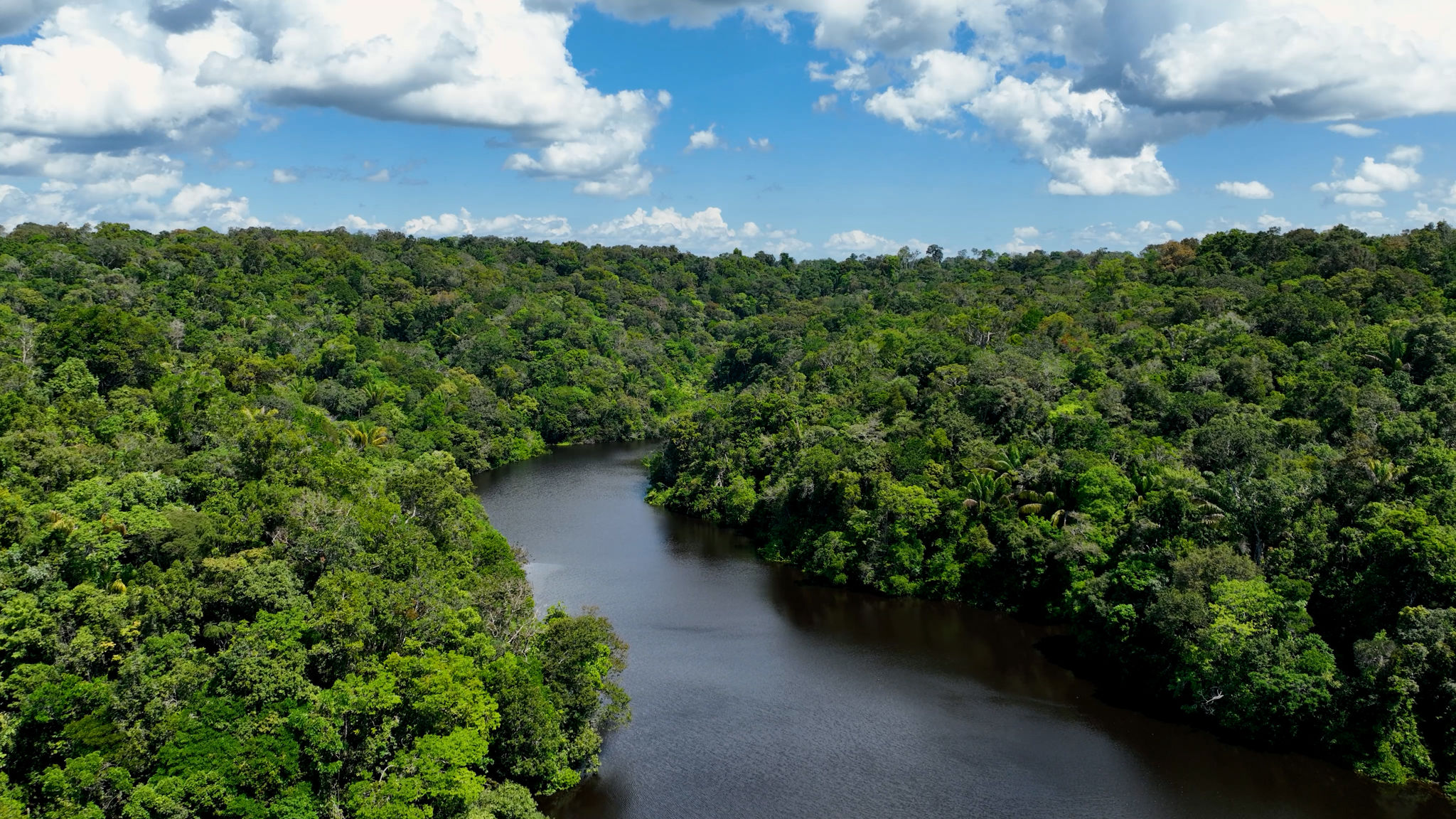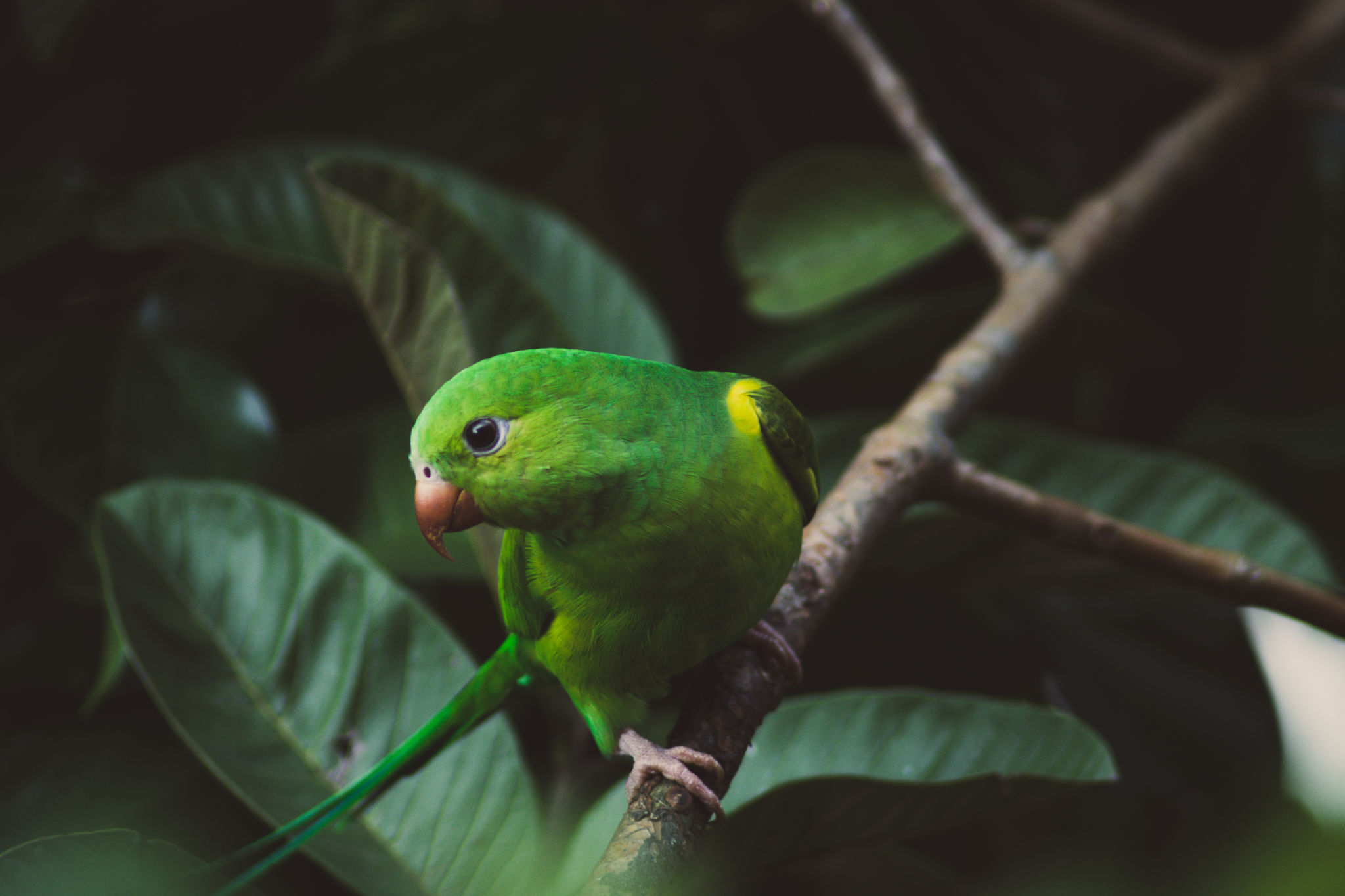Case Study: Successful Web3 Initiatives in Brazilian Sustainability Projects
Introduction to Web3 and Sustainability in Brazil
The convergence of Web3 technologies and sustainability initiatives is creating a transformative impact across the globe, and Brazil stands at the forefront of this evolution. By leveraging decentralized technologies, Brazilian sustainability projects are not only addressing environmental challenges but also fostering economic growth and social equity.

Understanding Web3 Technologies
Web3, often described as the third generation of the internet, introduces a decentralized approach that emphasizes user ownership and control over data. Blockchain, the backbone of Web3, enables secure and transparent transactions, making it a powerful tool for sustainability projects. In Brazil, these technologies are being employed to create innovative solutions for environmental conservation, resource management, and community empowerment.
Case Study: Blockchain for Amazon Rainforest Conservation
The Amazon rainforest is not only a critical ecosystem but also a vital part of Brazil's cultural and environmental identity. Utilizing blockchain technology, initiatives like the Amazon Conservation Token aim to protect this invaluable resource. By tokenizing sections of the rainforest, local communities and international stakeholders can invest directly in conservation efforts.

How It Works:
- Land areas are digitized and tokenized on a blockchain platform.
- Investors purchase tokens representing specific sections of the rainforest.
- Funds raised are used for conservation activities, such as reforestation and anti-deforestation patrols.
Empowering Local Communities through Decentralized Finance (DeFi)
Decentralized Finance, or DeFi, is revolutionizing access to financial services in remote areas of Brazil. By removing traditional banking barriers, DeFi platforms offer local communities opportunities to engage in eco-friendly projects without needing intermediaries. This empowerment is crucial for sustainable development as it aligns economic incentives with environmental stewardship.

DeFi in Action: The Green Loan Initiative
One notable project is the Green Loan Initiative, which provides microloans to small farmers adopting sustainable practices. Using smart contracts, loans are distributed directly to farmers who meet specific environmental criteria. This ensures funds are used responsibly while promoting sustainable agriculture.
The Role of NFTs in Promoting Biodiversity
Non-Fungible Tokens (NFTs) are being creatively utilized to raise awareness and funds for biodiversity projects in Brazil. By creating digital art that reflects Brazil’s rich biodiversity, artists collaborate with conservationists to bring attention to endangered species and habitats.

NFT sales generate revenue that is reinvested into conservation efforts. This model not only supports artists but also provides a new revenue stream for environmental protection initiatives.
Conclusion: A Sustainable Future with Web3
The successful integration of Web3 technologies into Brazilian sustainability projects demonstrates a promising pathway toward a more sustainable future. By leveraging blockchain, DeFi, and NFTs, Brazil is setting a benchmark for how technology can effectively address environmental challenges while driving economic development and social inclusion.
As these initiatives continue to grow, they offer valuable lessons for other countries looking to harness the power of Web3 for sustainability. The future of environmental conservation may well depend on our ability to innovate and adapt in this rapidly evolving digital landscape.
